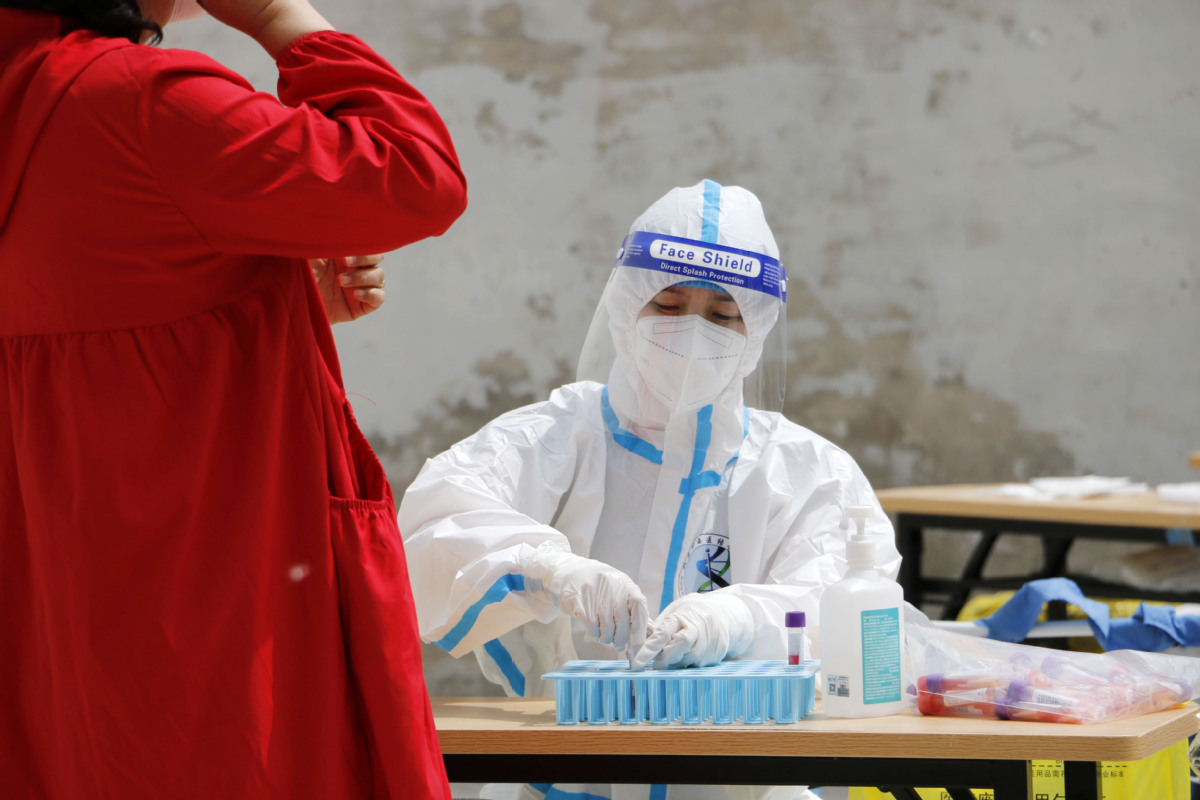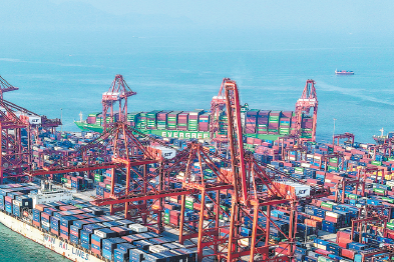What if the dynamic clearing policy is abandoned?


A calm, rational analysis of just a few key measurements will give the answer to the pressing questions on everyone's mind across China and the world.
Should China lift or ease the dynamic clearing pandemic prevention and control measures, and what would happen if it did so?
Let's begin this exploration by summarizing where the country stands at present. The country has said its dynamic clearing policy will continue, because it is the best way to contain the COVID-19 pandemic and meet the society and people's needs and interests.
In the two years since the Wuhan pandemic crisis, the execution of perpetual, quick, local lockdowns, which usually last no more than two to four weeks, have proven to be the best approach to meet the country's needs and interests.
In fact, the approach has worked incredibly well. Things were relatively "back to normal" in China about two years ago. In contrast, most other countries and their economies were being wrecked by the pandemic during the past two years. Many countries' healthcare systems were overwhelmed by the pandemic, with endless reports of exhausted healthcare workers struggling to provide care for up to 15 percent of the novel coronavirus cases that required hospitalization.
With the Omicron variant (and subvariants) of the virus now sweeping the world, the dynamic challenges have not changed at all.
As for hospital capacity, we must realize that China simply cannot risk allowing the pandemic to spread. Why? According to latest official data, China had about 6.46 beds per 1,000 people in 2020, but the 2019 data from Organisation for Economic Co-operation and Development showed China's two neighbors, Japan and the Republic of Korea had 12.8 and 12.4 beds respectively while Germany had 7.9. Not to mention that Germany and the ROK have far smaller populations than China.
During my 23 years of living in China, I have availed myself of China's healthcare services many times and gladly note how efficient, capable and inexpensive the healthcare and hospital system is.
However, hospital bed capacity during a pandemic is a completely different issue. A country has to have more than enough hospital beds to deal with a serious public health crisis or take strict measures to contain the pandemic. China is doing both.
Even with excellent healthcare facilities, Germany struggled to control the pandemic, as its hospitals experienced a severe capacity crisis. So did many other countries.
Given China's massive 1.4 billion population and comparatively low ratio of hospital beds, its dynamic clearing policy is still the best way to contain the spread of the virus, while the large nation is striving to further raise the vaccination rate.
The good news is that for the past two years, the results of the dynamic clearing policy have been remarkable. And on Tuesday, Shanghai announced that 16 districts had blocked transmission at the community level. Generally speaking, in case of a small outbreak, quick localized lockdowns or strict anti-pandemic measures work best, even for the Omicron variant.
We must acknowledge the challenges when a city is locked down, as happened in Shanghai and some other cities, and be grateful for the local residents for their sacrifice in fighting the pandemic. But let us not forget China's unique success in controlling the pandemic which we find in more than hundreds of other cities across the country.
Those strict and successful anti-pandemic measures have also made it possible for China to achieve continuous GDP growth and help the world with increasing exports, which would not have been possible if the country struggled to contain similar outbreaks that governments of many other countries, wittingly or unwittingly, allowed.
In terms of the devastating impact of the pandemic, the US, unfortunately, has reached another milestone: 1 million COVID-19 deaths. That shows the COVID-19 death rate is at least five to 10 times higher than that of annual influenza outbreaks most countries experience.
So those applauding or asking for an opening up, "back to normal" approach are, to use a cliché, burying their heads in the sand. There is nothing "back to normal" about accepting a new normal of five to 10 times more deaths from a disease. Rather it is simply accepting a situation, instead of trying to improve it.
Western leaders starting with the UK and the United States have washed their hands of the ensuing compromise and misery accompanying their anti-pandemic policy choices.
China simply refuses to make this choice, because if it did so, the comparative number of deaths in the country, given its huge population, could be 5 million. That further reminds us of the seriousness of the pandemic situation and warns us not to lift the strict restrictions in China like the US and other countries have done.
Moreover, the fear is that if the US continues with its current anti-pandemic policy, it could have tens of millions of new cases in the 2022-23 winter season.
The World Health Organization's global excess mortality data provide a sobering dose of reality. The WHO data released in the first week of May indicate that there were an estimated 15 million excess deaths across the world due to the pandemic.
There is no doubt the seriousness of this pandemic remains and no degree of twisting, distorting or denying reality will change that.
The author is an American writer living in China and a senior fellow at the Center for China and Globalization.
The views don't necessarily represent those of China Daily.
If you have a specific expertise, or would like to share your thought about our stories, then send us your writings at opinion@chinadaily.com.cn, and comment@chinadaily.com.cn.


































